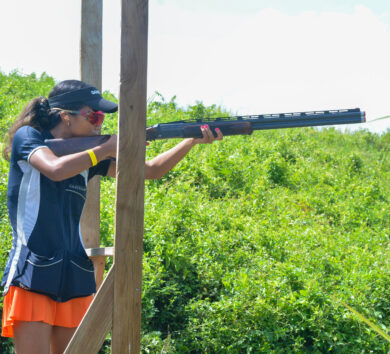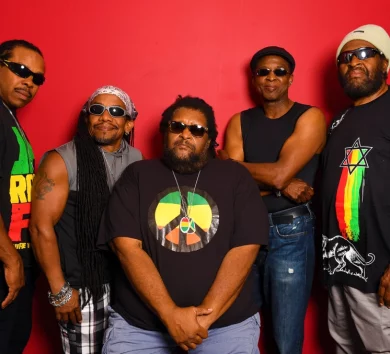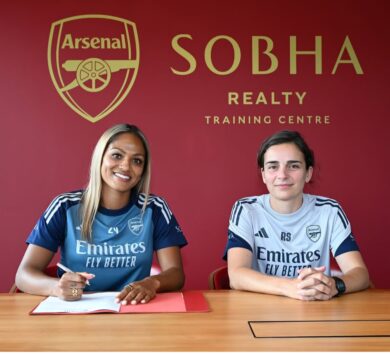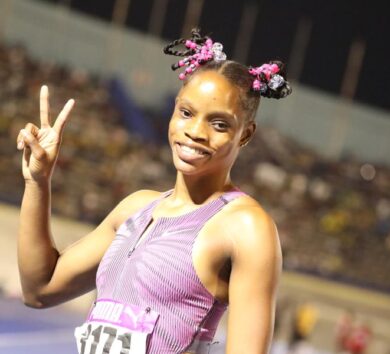

(Reuters)
Open to athletes with disabilities in their vision, limbs and body, including muscle, control and coordination issues, the Winter Paralympic Games have grown over the years to include more sports and disability types.
More sports means more kinds of equipment built from scratch to suit athletes’ abilities.
“Without adaptive tools we wouldn’t be able to perform the way we do,” said three-time Paralympic snowboarder Mike Schultz. “In some cases that tool or that adaptive device is the difference in performance from one athlete to another.”
According to the International Paralympic Committee’s (IPC) guidelines, adaptive sports equipment must be safe to use, regulated by the sport’s rules and can’t artificially enhance an athlete’s performance.
They should also be commercially available to any athlete, rather than bespoke tools made for a select few. Athletes register their equipment for approval with the IPC months in advance of competing.
Adaptive athletes like Schultz and three-time Paralympic snowboarding medallist Amy Purdy even end up designing and building their own prosthetics in order to compete.
“I ended up customising my feet and my board together, where I would narrow the board, and then I would get bigger feet,” said Purdy, who had a double below-knee amputation at 19 after developing sepsis due to meningitis.
The Winter Paralympics are both a platform for athletic prowess and a testament to innovative adaptive engineering and design.
“As Paralympic athletes, we are athletes first,” Schultz said. “We work just as hard, or in some cases harder, than able-bodied athletes.”
“The difference is that we have to use tools to bridge the gap of what’s physically possible or not possible because of our disability.”







Comments